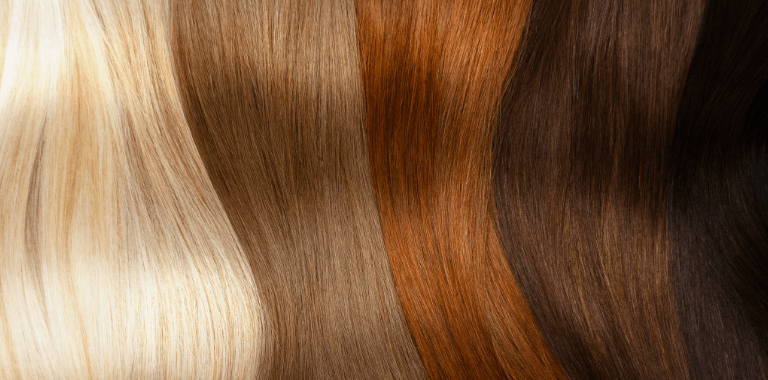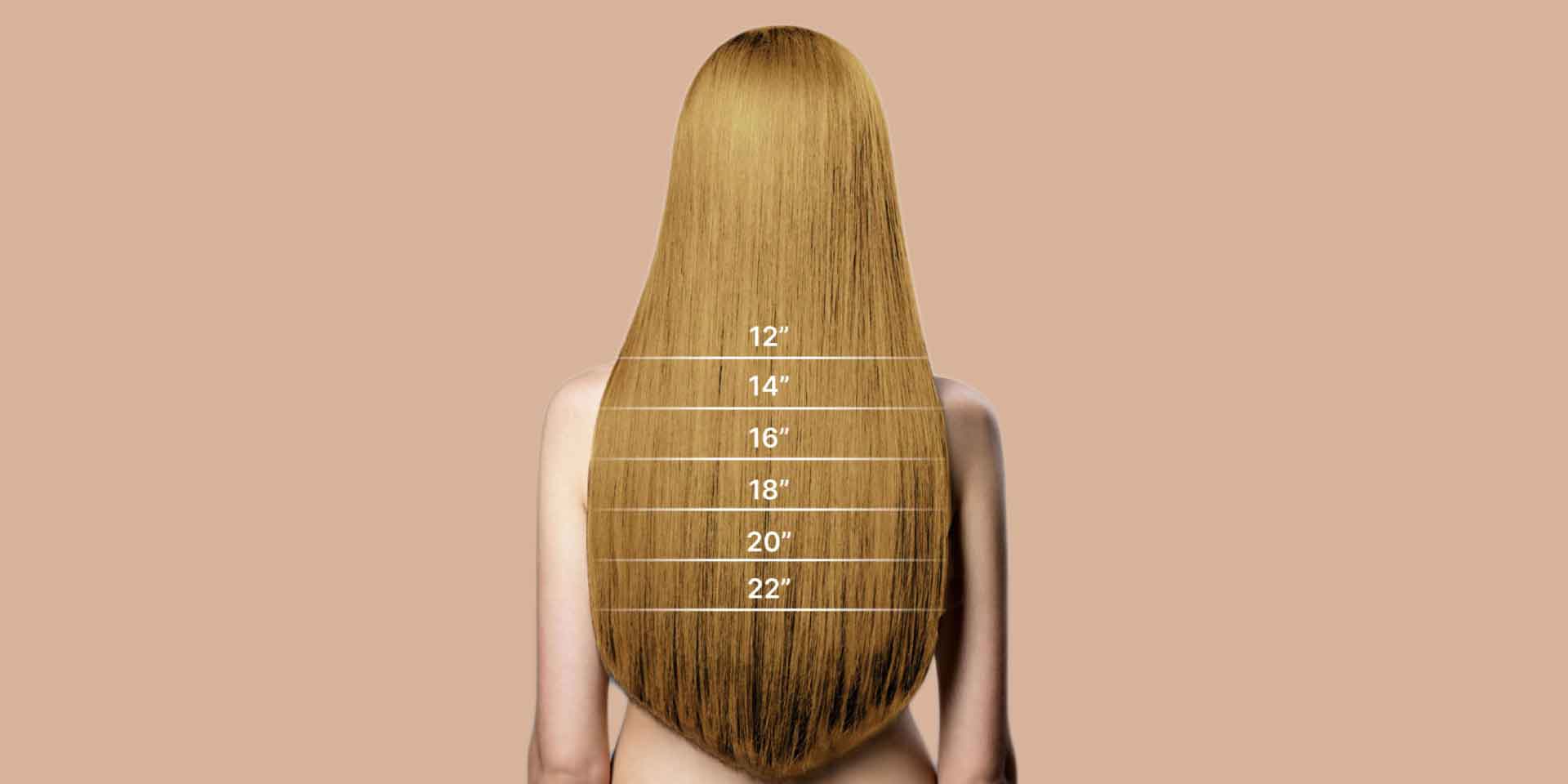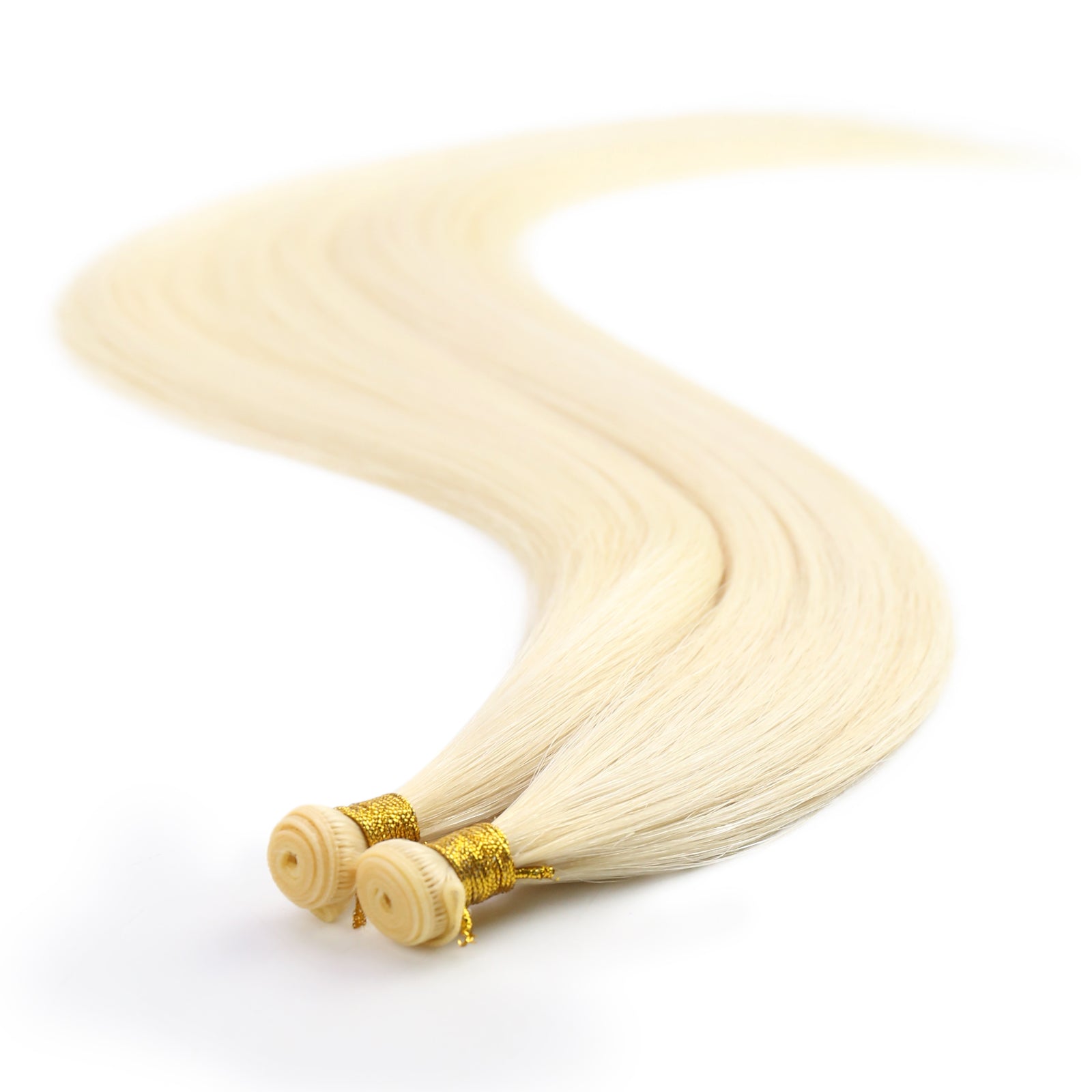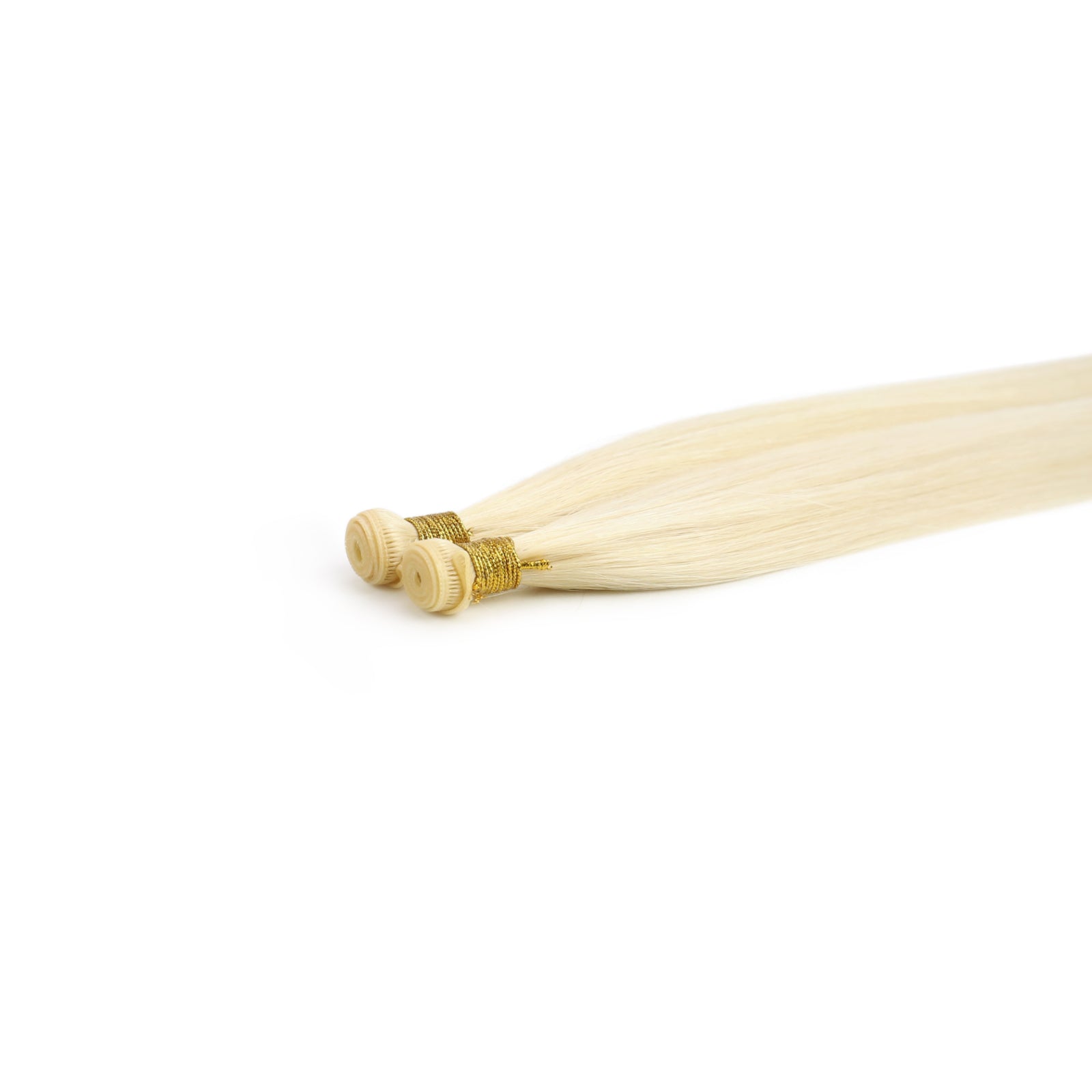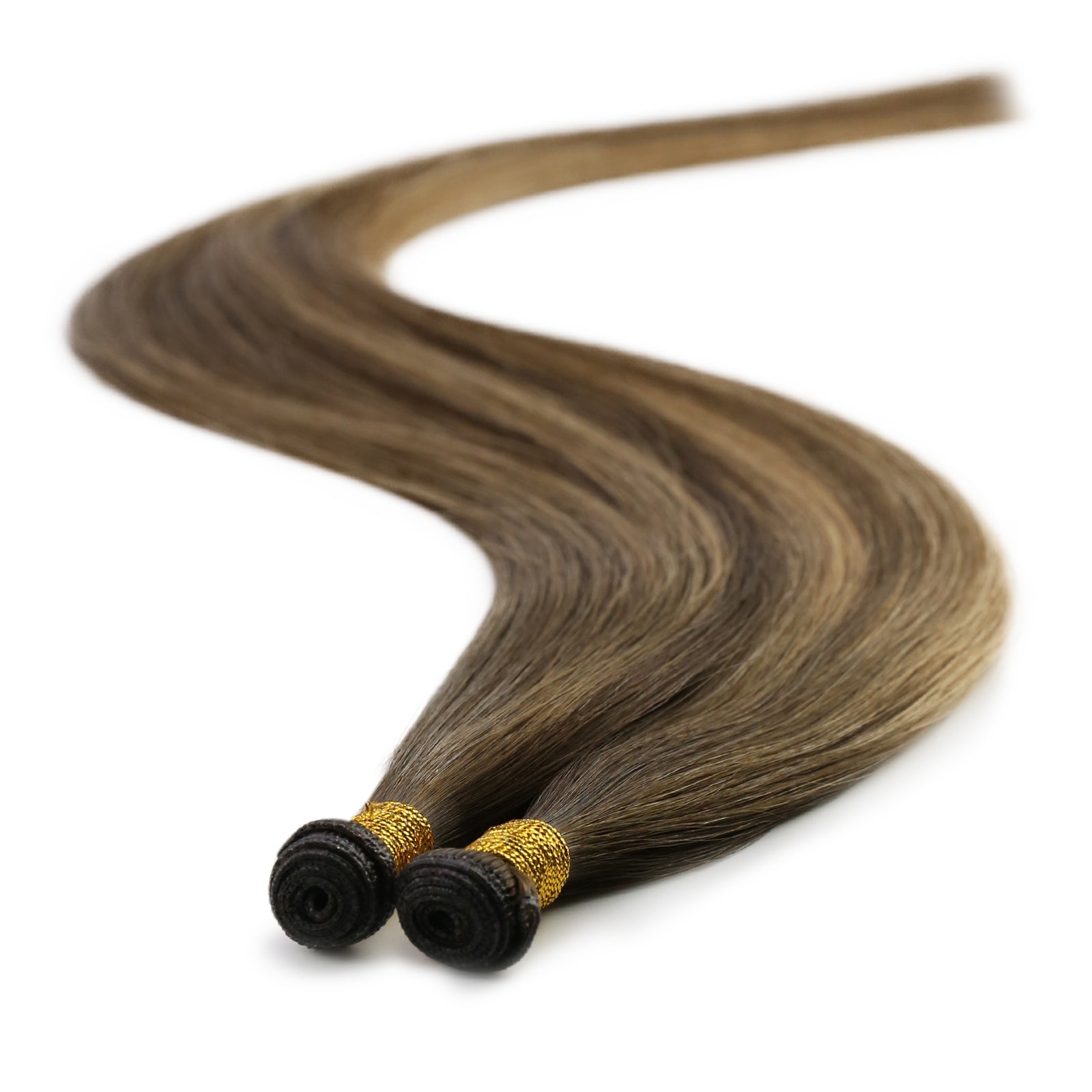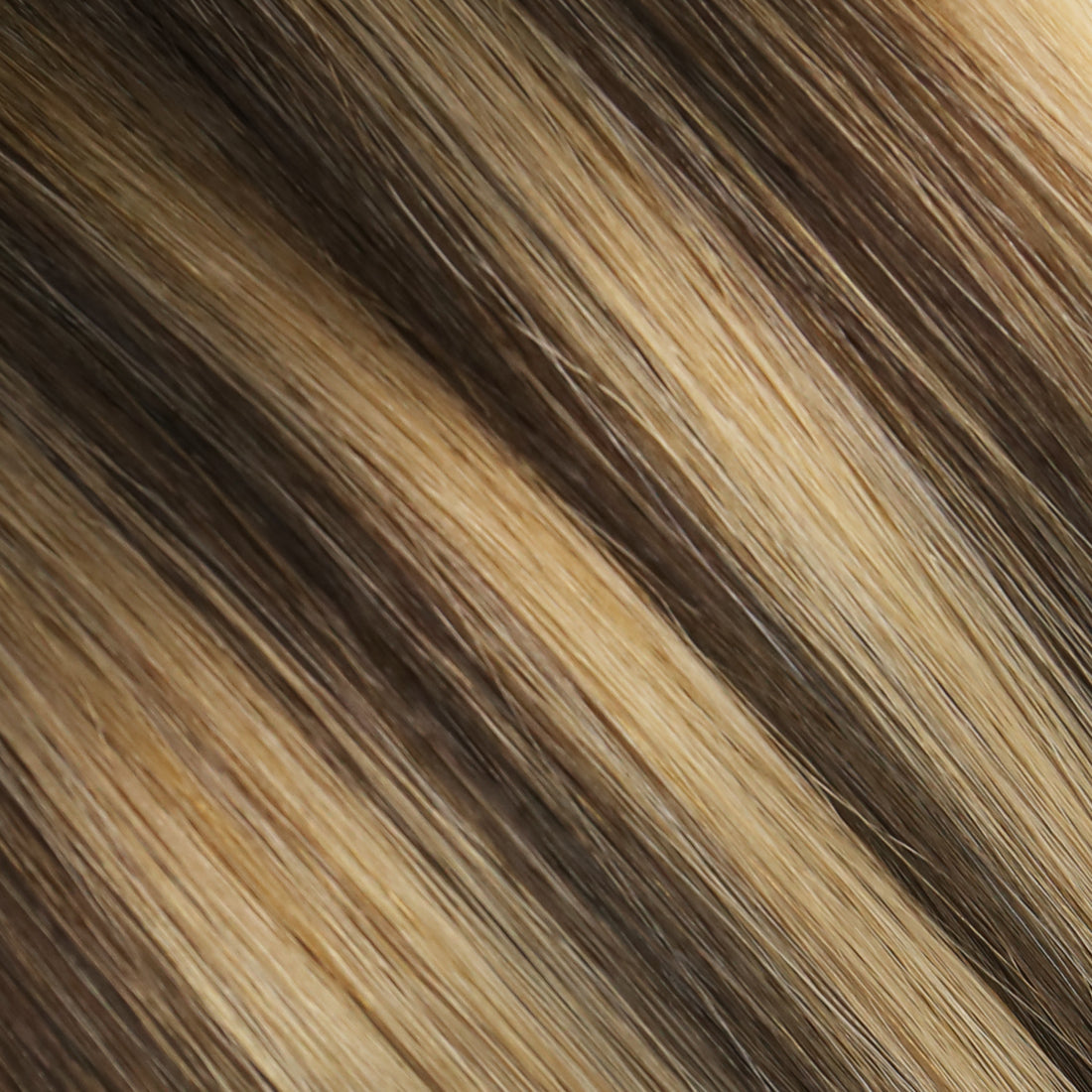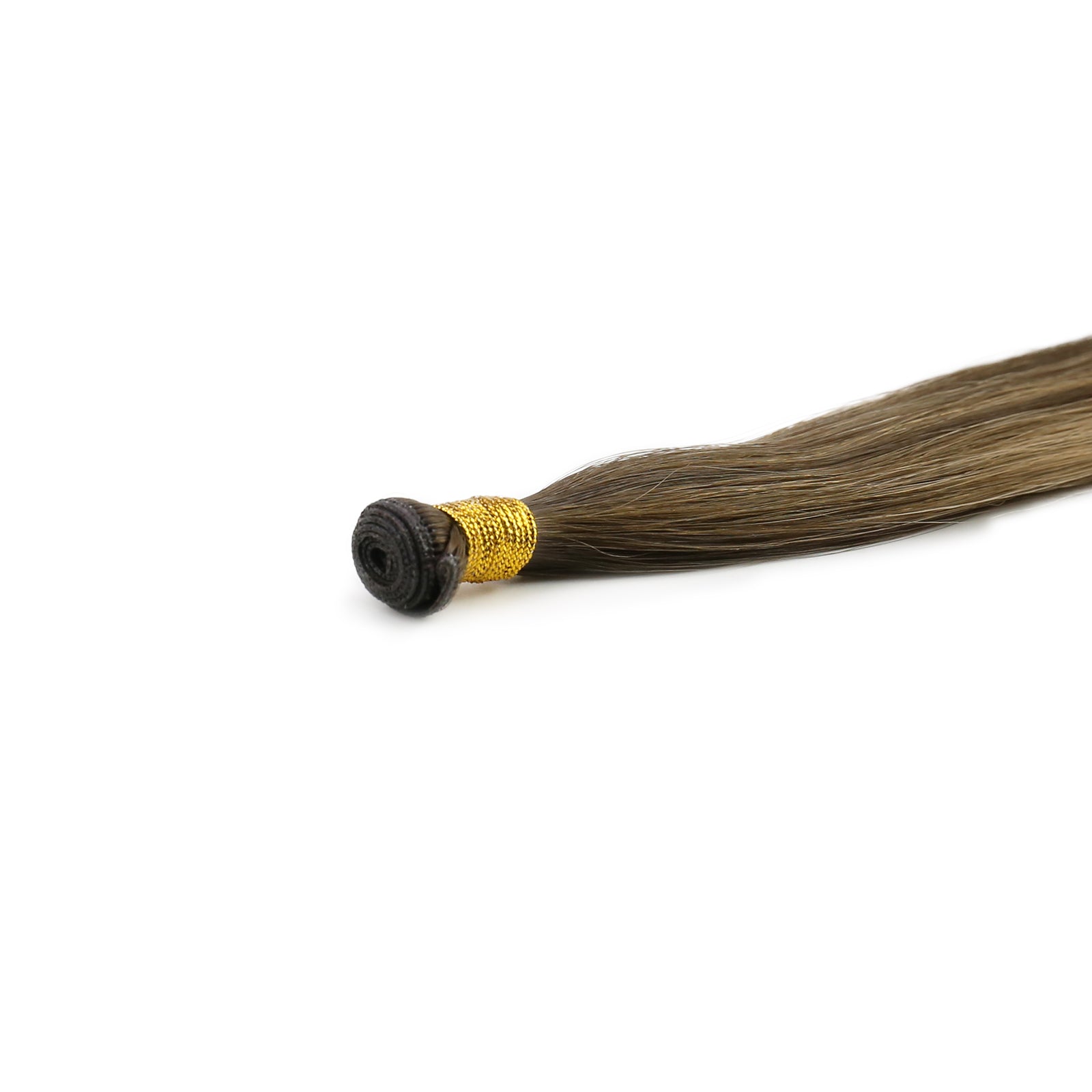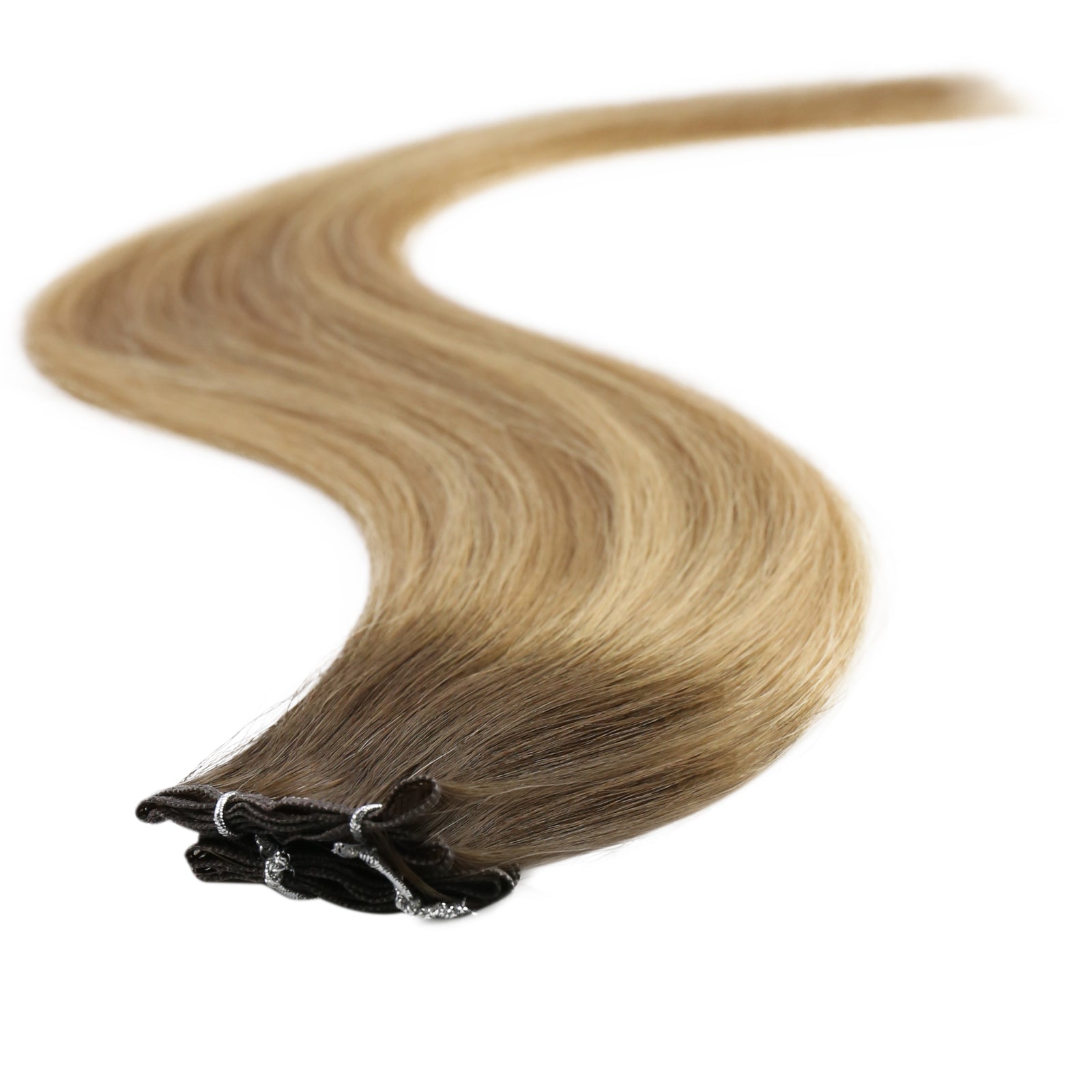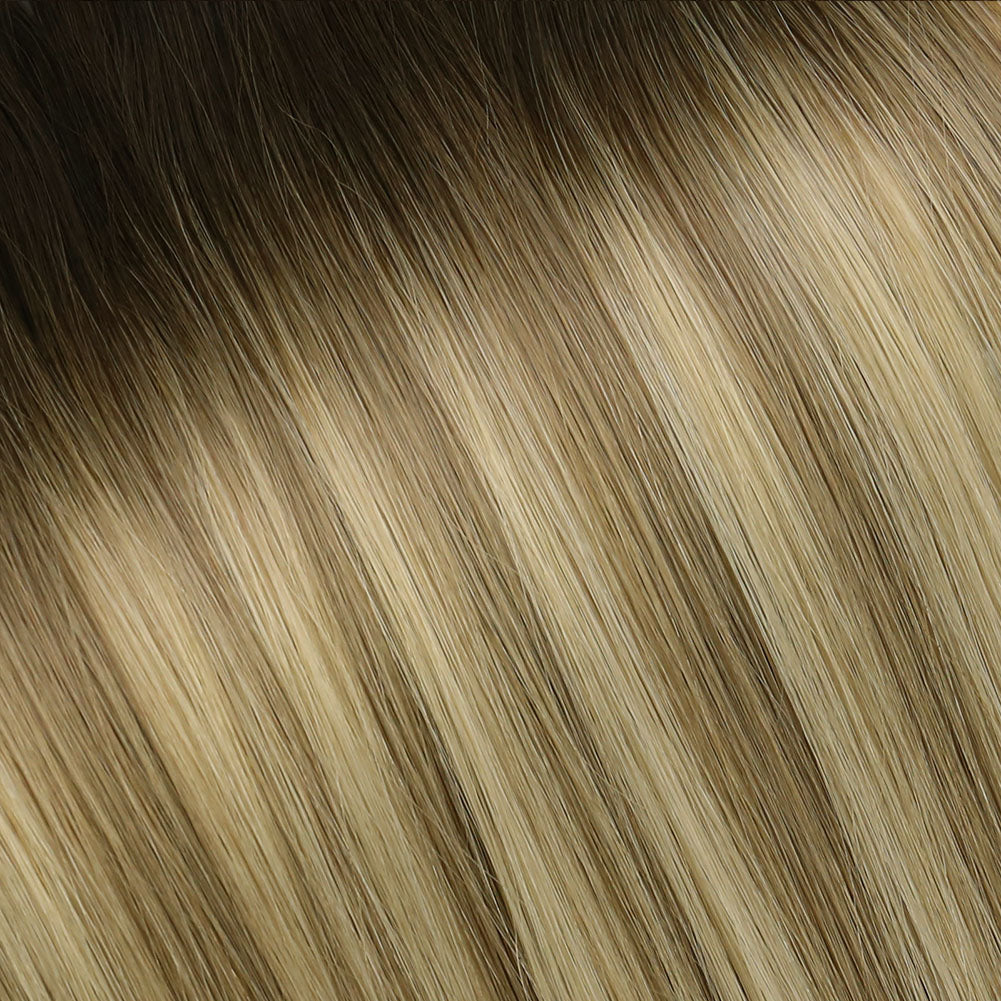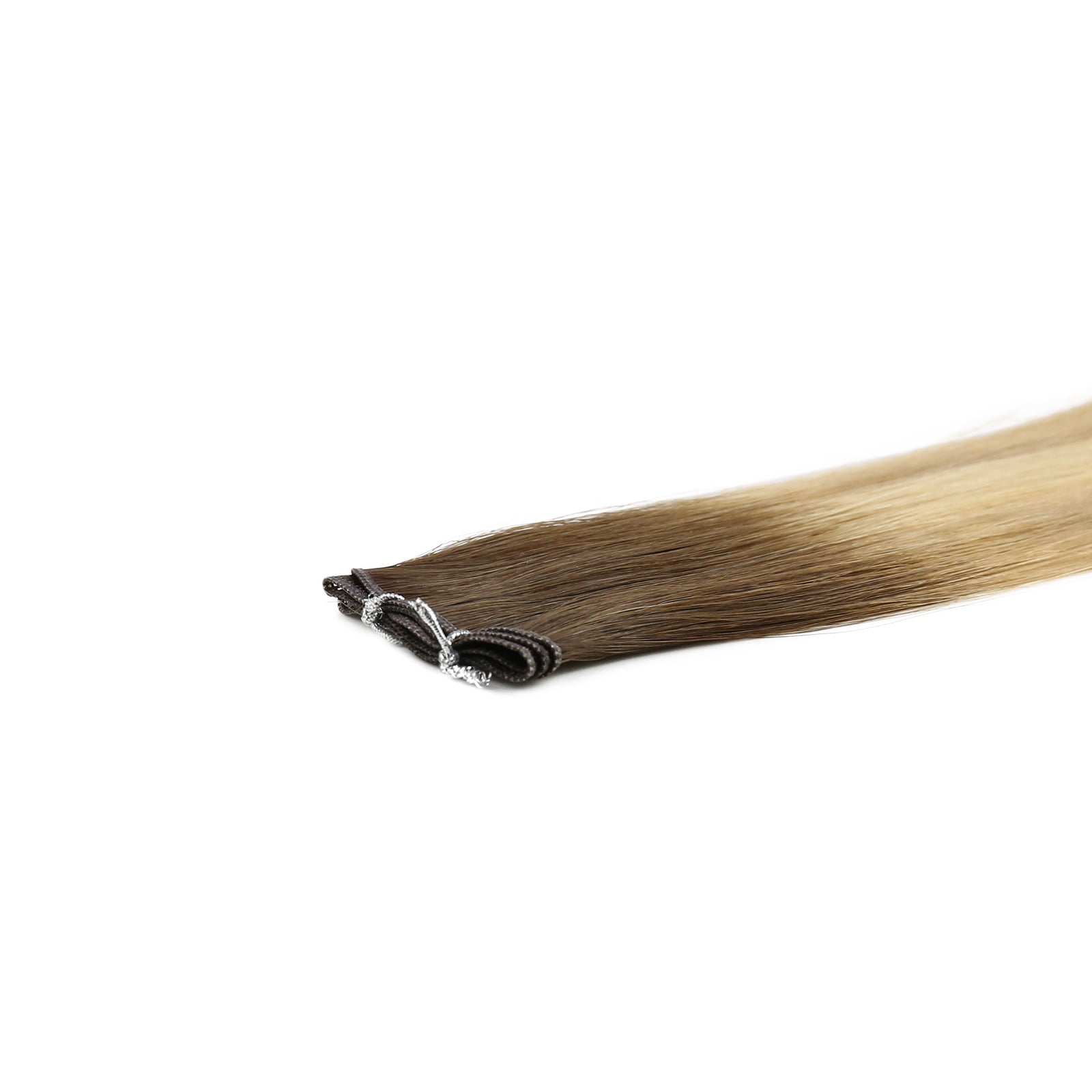In the ever-evolving world of hair fashion, hair extensions have gained immense popularity due to their affordability, versatility, and ease of use. However, many users may be confused about the question: can you dye synthetic hair extensions to match their style preferences or seasonal trends? This blog delves into the nuances of dyeing synthetic hair extensions, providing insights into whether it's feasible, the methods available, and best practices for achieving the desired results.
What Are Synthetic Hair Extensions?
Synthetic hair extensions are crafted from artificial fibers designed to replicate the look and feel of natural hair. These fibers are typically made from materials like polyester, nylon, or acrylic. Unlike natural hair, synthetic fibers do not grow or require regular trimming, and they are often pre-styled, which means they hold their shape and style with minimal upkeep.
Why Dyeing Synthetic Hair Extensions is Challenging
Actually, as for the question: can you dye synthetic hair extensions? The answer is it's advisable not to do so for dyeing synthetic hair extensions is challenging.
Synthetic hair extensions differ significantly from natural hair in their composition. Traditional hair dyes are formulated to penetrate and alter the color of natural hair, which consists of keratin proteins. Synthetic fibers, on the other hand, are made from plastic-based materials that do not absorb dye in the same way. This fundamental difference makes dyeing synthetic hair extensions a more complex process, and not all methods will yield successful results.
Step-by-Step Guide to Dyeing Synthetic Hair Extensions
Although it's tricky to dye synthetic hair extensions, if you still insist on adding a splash of color to your synthetic hair extensions. Our step-by-step guide walks you through the dyeing process, ensuring vibrant results while maintaining the integrity of your extensions. Discover how to achieve stunning, customized hues effortlessly!
Preparation
Before starting the dyeing process, gather the necessary materials:
-
Fabric dye or alcohol-based markers
-
Gloves to protect your hands
-
A bowl and brush for mixing and applying dye
-
Plastic wrap or a disposable cover to protect surfaces
-
A spray bottle (if using fabric dye)
-
Towel for drying
Testing
Before dyeing your entire set of synthetic hair extensions, perform a patch test on a small, inconspicuous section or a sample piece of synthetic fiber. This preliminary test is crucial to assess how the material responds to the dye and ensures that the color results meet your expectations. It also helps identify any potential issues with the dyeing process, allowing you to make adjustments as needed.
Applying the Dye
For Fabric Dye:
-
Mix the Dye: Follow the manufacturer's instructions to mix the fabric dye with water. The dye mixture should be applied to the extensions evenly.
-
Dye the Extensions: Submerge the extensions in the dye bath or apply the dye with a brush. Ensure that the dye is evenly distributed.
-
Let It Set: Allow the dye to process for the recommended amount of time. Check the color regularly to ensure it is developing as desired.
-
Rinse and Dry: Rinse the extensions thoroughly with cool water until the water runs clear. Gently pat the extensions dry with a towel and let them air dry completely.
For Alcohol-Based Markers:
-
Prepare the Extensions: Lay the extensions flat on a protected surface.
-
Apply the Ink: Use the marker to color the extensions. Apply the ink in thin layers, allowing each layer to dry before adding more.
-
Blend and Set: Blend the color as needed to achieve a uniform look. Allow the extensions to dry completely.
Finishing Touches
Once the extensions are completely dry, carefully inspect them for any spots that might need touch-ups or additional dyeing to ensure even color. Style the extensions according to your preference, whether you're opting for curls, straightening, or other looks. Make sure they are thoroughly dry and free of moisture before attaching them to your natural hair for a flawless finish.
Do's and Don'ts of Dyeing Synthetic Hair Extensions
Do:
-
Use Quality Products: Choose high-quality dyes specifically designed for synthetic fibers. This ensures better color absorption and minimizes damage.
-
Be Patient: Allow ample time for the dye to develop and set properly. Rushing the process can lead to less vibrant or uneven results.
-
Handle with Care: Treat the extensions gently throughout the dyeing process to avoid tangling or breakage.
-
Test First: Conduct a patch test on a small section to check how the dye reacts with the synthetic fibers.
Don't:
-
Use Regular Hair Dye: Avoid using standard hair dye or bleach, as these are not suitable for synthetic fibers and may cause damage.
-
Over-Dye: Don't apply too many layers of dye. Over-dyeing can result in uneven color and potential damage to the extensions.
-
Rush the Process: Don't try to speed up the dyeing process; insufficient time can affect the final color and result in suboptimal outcomes.
Alternatives to Dyeing Synthetic Hair Extensions
If dyeing synthetic hair extensions seems too risky or challenging, there are some feasible alternatives you can take into consideration.
Customizable Extensions
Customizable extensions are available from various brands, offering a range of pre-dyed colors and styles. Selecting extensions that closely match your desired look can save you from the complexities and risks associated with dyeing. This option provides an easy and effective way to achieve the style you want without additional customization.
Clip-In Color Strips
Clip-in color strips are a convenient, temporary solution for adding vibrant hues to your hair. Available in a wide array of colors, these removable extensions can be easily clipped into your natural hair for an instant pop of color. Ideal for those seeking a temporary change or experimenting with different shades without committing to permanent dyeing.
Hair Chalk and Temporary Colors
Hair chalk and colored hairsprays offer a playful and temporary way to experiment with different colors. These products are simple to apply and can be easily washed out, making them perfect for those who want to change their look without a permanent commitment. Whether you're looking to add a splash of color for a special event or just want to try something new, hair chalk and temporary colors provide a versatile and low-risk option.
Fabric Dye
Fabric dye, such as Rit DyeMore, is formulated for use on synthetic fibers. These dyes are designed to bond with plastic-based materials and can be a viable option for changing the color of synthetic hair extensions. Follow the manufacturer's instructions carefully to achieve the best results.
Alcohol-Based Markers
Alcohol-based markers, like Sharpie or Copic markers, can be used to dye synthetic hair. This method involves applying the ink directly to the hair fibers, which can be effective for creating vibrant colors or unique patterns. Be cautious when using this method, as it can be time-consuming and may not produce uniform results.
Conclusion
Concerning the puzzle: “Can You Dye Synthetic Hair Extensions?” Well, dyeing synthetic hair extensions is a feasible but challenging task due to the unique properties of synthetic fibers. While traditional hair dyes are not suitable, alternative methods like purchasing customizable extensions, seeking clip-in color strips and hair chalk offer potential solutions for customizing your extensions. By following proper techniques, can you still achieve stunning results and add a personal touch to your synthetic hair extensions.
Whether you choose to dye your extensions or explore alternative options, remember that synthetic hair offers a versatile and affordable way to enhance your hairstyle. With careful consideration and creativity, you can enjoy a wide range of looks and express your unique style.
